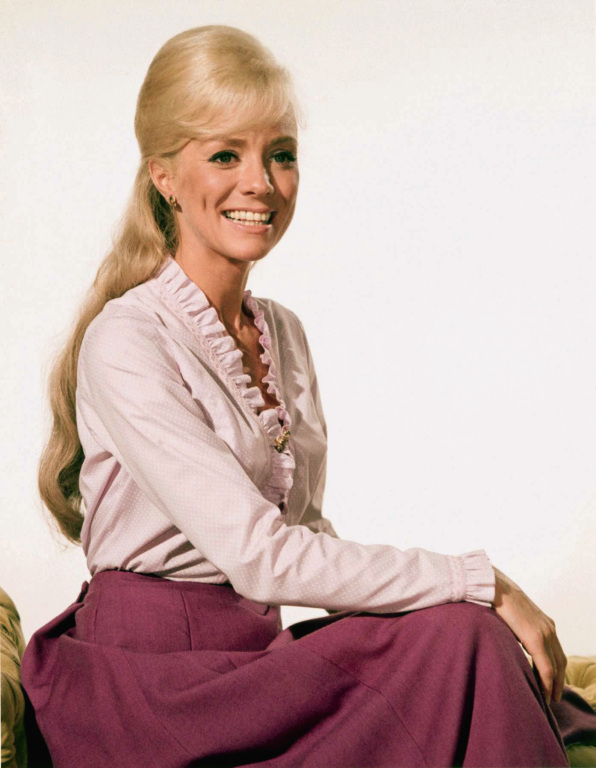A Glance That Could Break Your Heart
Some actresses dazzle you with glitz. Others move you with grit. But Inger Stevens? She didn’t need fireworks to leave a mark—just one look from those soft, vulnerable eyes, and you felt something real. She was like a quiet storm—graceful on the surface, powerful underneath. Audiences didn’t just watch her; they connected with her. Deeply.
She wasn’t loud. She wasn’t flashy. But every time she appeared on screen, it felt like the moment slowed down. Her voice was gentle, her presence warm, but her performances? Absolutely unforgettable.

From Sweden to Stardom: Inger’s Unlikely Rise
Born in Sweden in 1934, Inger Stevens didn’t have a fairy tale childhood. After her parents’ divorce, she moved to America, eventually landing in Kansas—a far cry from the Hollywood spotlight she would one day own. But she wasn’t the kind of woman to let circumstance write her story.
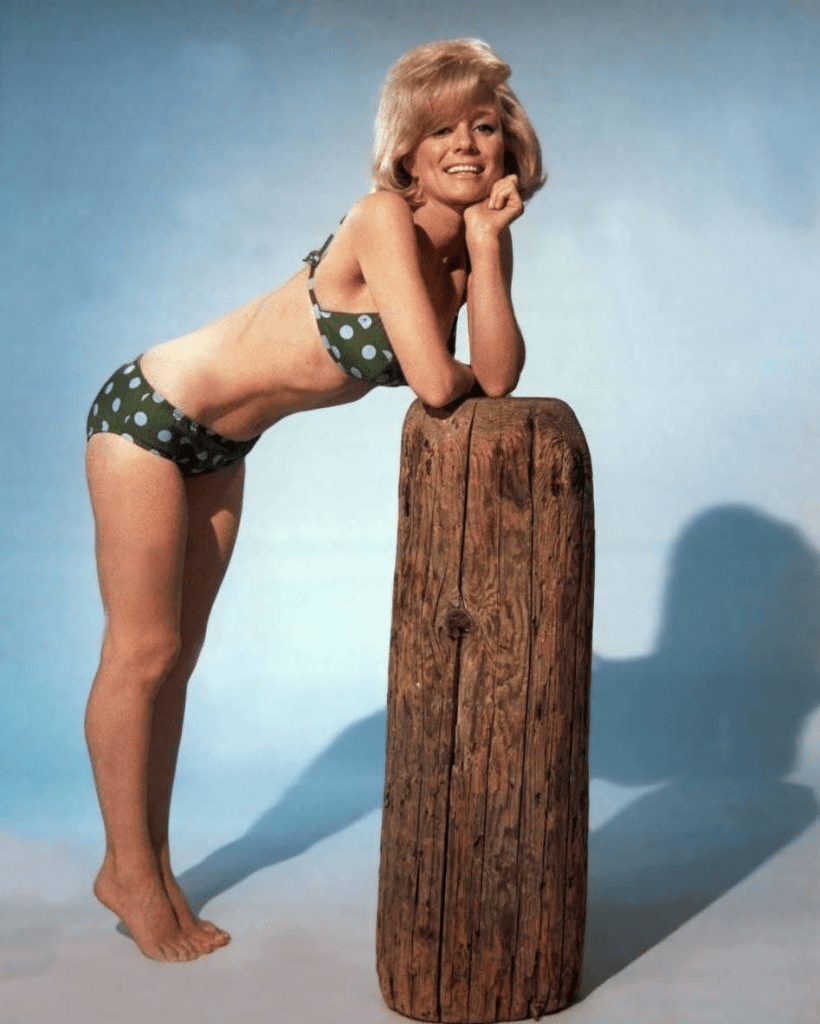
In her early 20s, she hustled her way into commercials, stage plays, and eventually, television. She had that something—a natural elegance that felt both sophisticated and completely relatable. Hollywood quickly noticed, and her rise was swift but genuine.
Video: ON THE BEACH WITH INGER STEVENS
Her Breakout Role: “The Farmer’s Daughter”
Let’s talk about the role that put her on the map: Katy Holstrum in The Farmer’s Daughter. Playing a Swedish immigrant turned American congressman’s maid (and later wife), Inger won hearts with her humor, intelligence, and warmth.
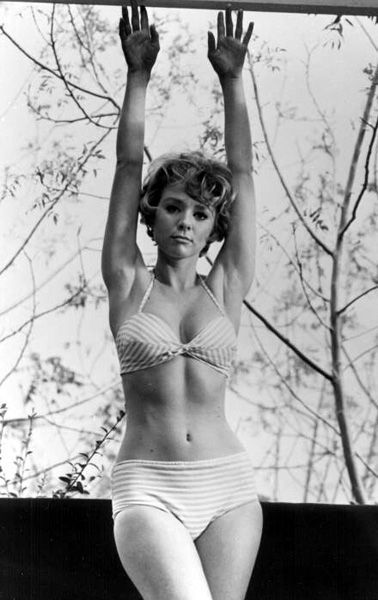
The show ran from 1963 to 1966 and earned her a Golden Globe. But more than that, it showed the world what she could do—carry a show not with bombast but with charm, wit, and that ever-present emotional depth. She wasn’t playing a character; she was the character.
The Movie Roles That Showed Her Range
While TV gave her fame, films gave her room to stretch her acting muscles. In The World, the Flesh and the Devil (1959), she tackled complex themes of race and survival with quiet power. In Hang ’Em High (1968), she held her own opposite Clint Eastwood—a feat not many actresses of the time could claim.
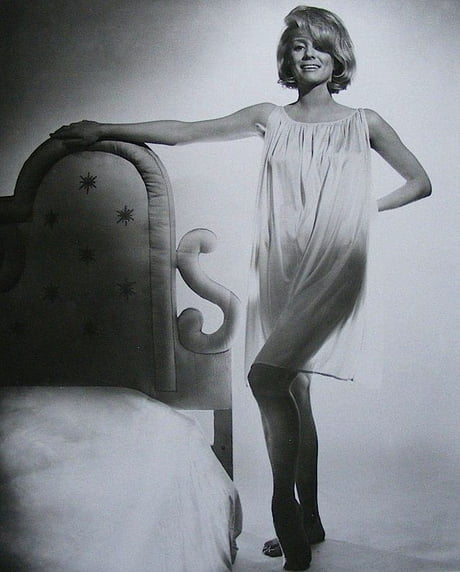
She wasn’t boxed in. She took on thrillers, dramas, westerns—even romantic comedies. And every time, she brought a little more of herself to the screen. Whether she was playing a loving nurse, a resilient widow, or a conflicted woman on the edge, Inger Stevens delivered performances that felt honest and intimate.
A Private Life Behind the Spotlight
Inger may have belonged to the public on screen, but in real life, she was incredibly private. She wasn’t one to chase headlines or stir up scandals. In fact, many didn’t know that she was secretly married to African-American producer Ike Jones at a time when interracial relationships were not widely accepted—especially in Hollywood.

She kept that part of her life hidden, likely to protect her career and avoid the backlash. But it speaks volumes about her character. She wasn’t driven by fame or image. She simply wanted to live and love on her terms.
The Tragic Mystery That Ended It All
Here’s where the story turns heartbreaking. In 1970, at just 35 years old, Inger Stevens was found unconscious in her Hollywood Hills home. She died shortly after from what was ruled as suicide by barbiturate overdose. But the circumstances were clouded with questions.
Video: World The Flesh And The Devil – Haircut scene
Friends and co-stars were stunned. She had projects lined up, had just finished a new film, and was still very much in demand. Why would someone so talented, so admired, and so seemingly full of life choose to end it?
Some believe the pressure of hiding her marriage, living under constant scrutiny, and carrying silent emotional pain finally became too much. Others say we may never know the full truth. What’s undeniable, though, is that her death left a hole in Hollywood—and in the hearts of her fans.
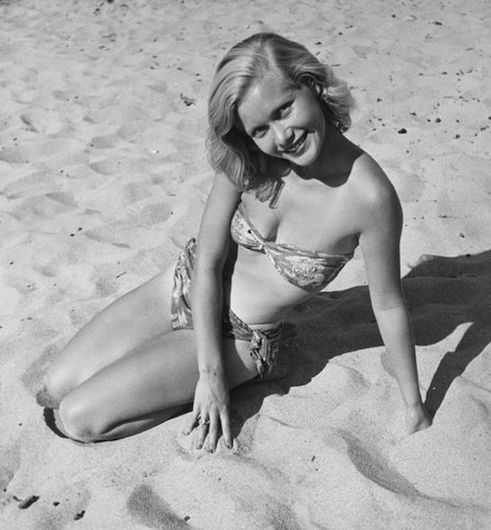
Her Legacy Lives On
Even though her life ended far too soon, Inger Stevens left behind a legacy that still glows. She wasn’t just a pretty face. She was a pioneer in many ways—choosing roles that mattered, making decisions that were bold, and living a life that was quietly radical.

In a time when actresses were often seen as ornaments, Inger stood out by being real. Her characters weren’t fantasies—they were reflections of real women, with flaws, strength, doubts, and dreams. And that’s why people still remember her.
Her performances aged like fine wine—more appreciated with time, more meaningful with reflection.

Conclusion: A Star That Burned Bright, Even If Briefly
Inger Stevens didn’t need decades to make her mark. In just over a decade of stardom, she showed the world what grace, talent, and quiet courage looked like.
She reminded us that strength doesn’t always shout. Sometimes, it whispers with a tear in the eye, a crack in the voice, or a trembling smile that still holds everything together.
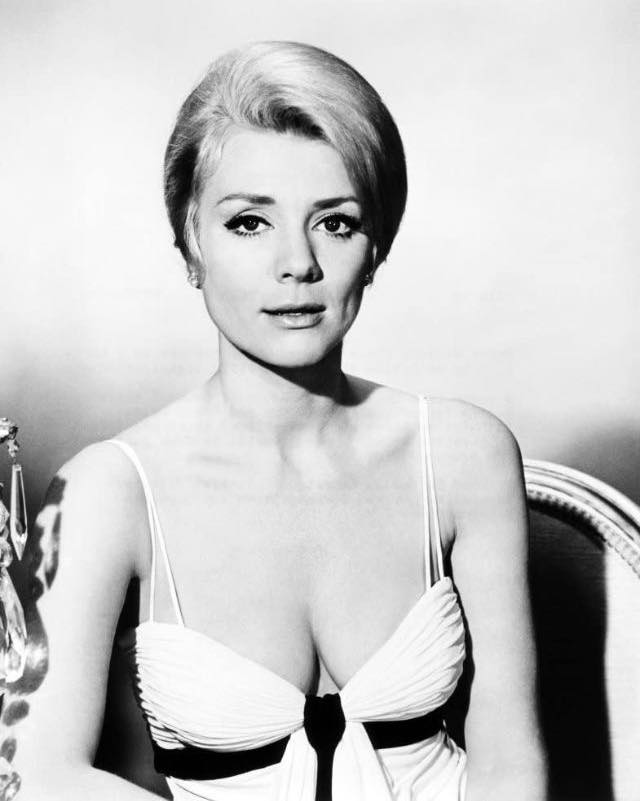
Her story may have ended too soon, but her presence? That lingers. That lives on in every film, every scene, every fan who still feels a lump in their throat when she appears.
Because Inger Stevens wasn’t just an actress. She was a feeling—and one we’ll never forget.
